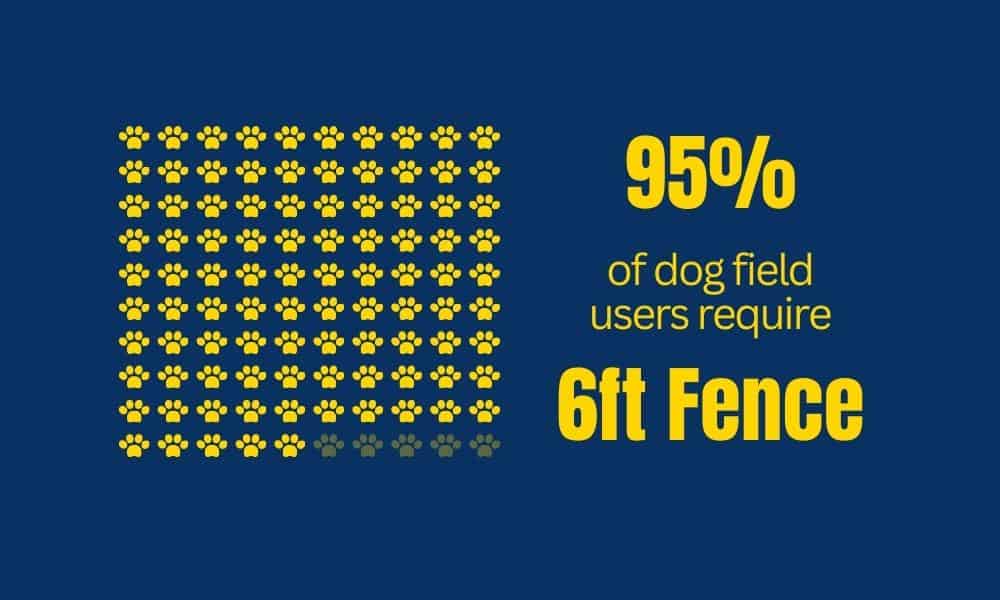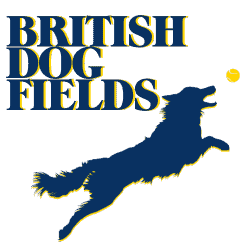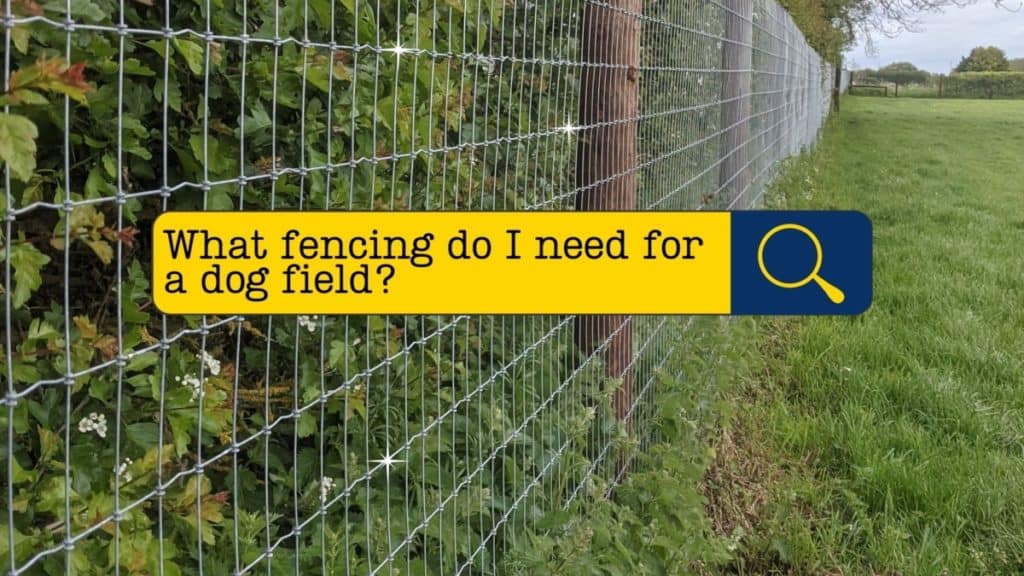The demand for dog fields is booming so it is no surprise that people with land are considering setting up dog fields to cater to this market. We had visited so many dog fields by the time we first started planning our own dog field that we knew exactly what we wanted and needed to provide – but this isn’t the case for all people looking to establish secure dog fields.
As a standard, anyone setting up a dog field should use high tensile wire fencing that stands at least 6ft (1.8m) from the ground.
In this article we’ll explain exactly why using this type of fencing is the best way to maximise your income and protect yourself and your clients from any problems related to fencing.
Dog Field Fence Height
This is the most frequently asked question by customers looking to book dog fields and anyone who asks you is looking for a 6ft (1.8m) plus fence. Whilst those of you with dogs that aren’t bouncy, large, or prone to escape might think this overkill, there is a growing trend for highly athletic dogs and as owners of these type of dogs ourselves, we can assure you that a 4ft stock fence possess no barrier to either of our dogs. In fact a 4ft obstacle is barely considered a basic agility challenge to them!
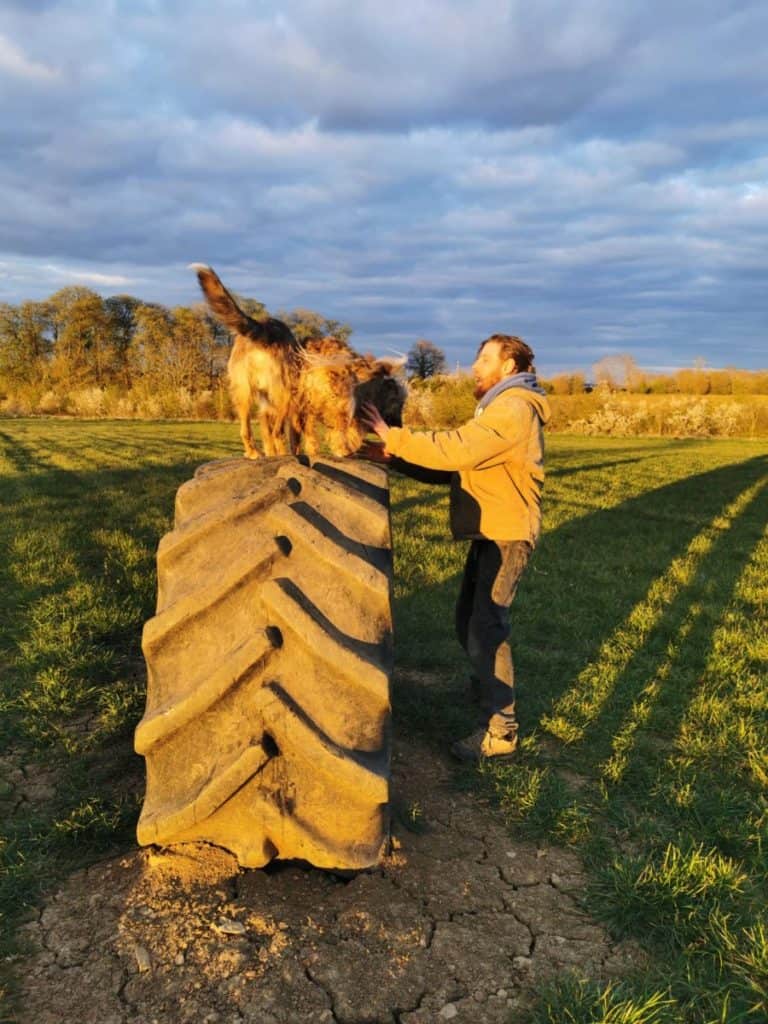
When you install a 6ft fence, you must make sure it stands 6ft from the ground all around – our reviews do not credit a field with the ‘secure standard’ unless this height is maintained across the entire perimeter of the field – this is for the confidence of our readers who need this level of security from a field.
The cost of 6ft fencing as opposed to 4ft is considerable. Installation labour, posts, strainers and gates are all significantly more expensive however, committing to using 6ft fencing means that you are providing a facility that is suitable for the vast majority of dogs that use secure fields. If you opt for 4ft fencing you are substantially reducing your customer base. There are some instances when planning constraints will limit the height of your fence but these are very unusual as the industry standard is recognised as 6ft or more.
What about 5ft+ Fencing?
5ft fencing is a funny one. The reality is, there are few dogs that can clear a 5ft fence that can’t also clear a 6ft fence. So the question is, can’t I just put in a 5ft fence? It’s less imposing, cheaper and easier to install.
Only one of those things is actually true – 5ft netting is not always cheaper and you are much more limited in your options both in netting style and what you choose to use as posts. Neither is it easier to install. You still need machinery (4ft can be done with handheld tools and a pick-up truck!). It is however, marginally less imposing, but not enough to matter by any real measure.
It is for this reason that we still advise 1.8m+ fencing as the most sensible option for a new dog field operation.
If you want further information about fence height, there’s a link at the bottom of this page to results from our dog field users survey and a deep dive into fence heights.
Gauge and Grid Aperture
Gauge is the thickness of the wire and this should be at least 2mm in diameter but 2.5mm is better as you may have very heavy dogs using your field and this larger gauge is better for holding their weight if they lean up against the fence or run into it. It is a little more obvious so if you are in an area with protected status, it may be worth considering choosing the thinner gauge wire.
Grid aperture – we recommend a variety of different netting options depending on each individual field. Here are some of the things we consider:
- Location and backdrop
- Status of the area (AONB, Greenbelt, urban etc)
- Local wildlife
- Proximity to other threats (e.g. livestock, roads, footpaths)
- Client preference
50mm x 100mm uniform to 1.8m has been popular for some time but there are some circumstances where a dense grid (like below) is not suitable. As part of your planning conditions, you may be required to have a fence that is less dominant, with a wider grid aperture so that the fencing does not create a dominating feature on the landscape.
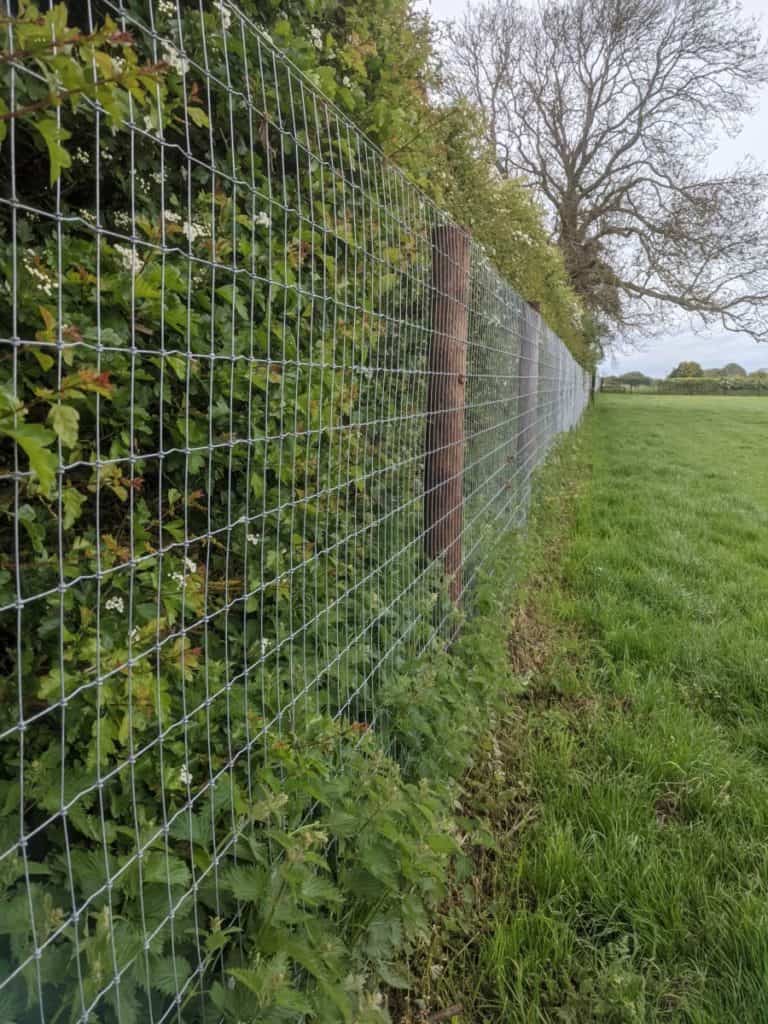
In most cases we suggest a specialist fence that has a smaller grid aperture at the base and slowly increases towards the top, reducing the eyeline impact. This style of fencing can be used with both timber posts and the far more preferable galvanised steel posts that we work with most commonly.
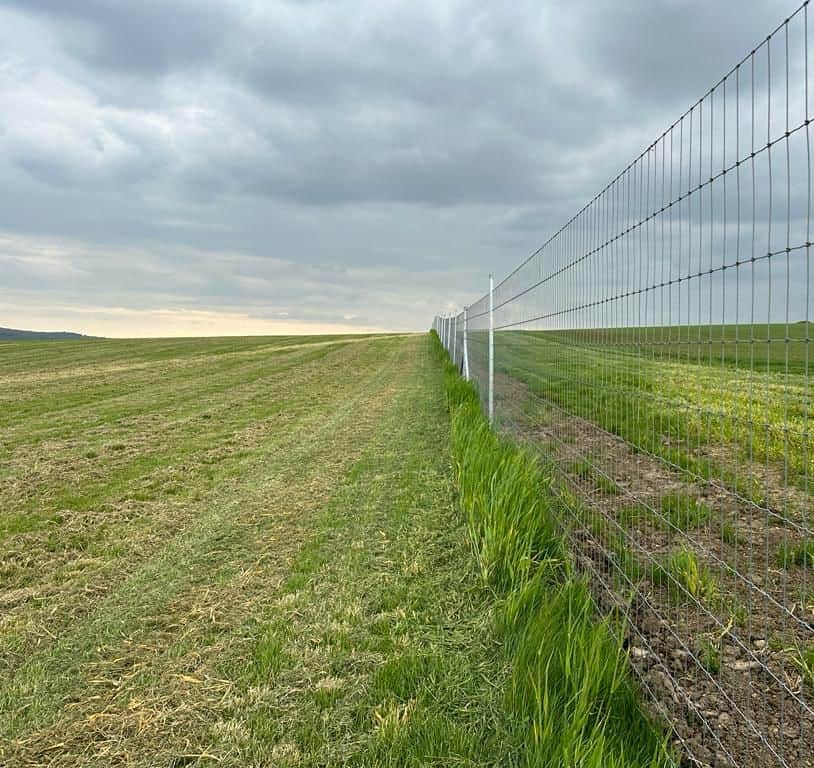
In some specific circumstances, solid panel fencing or prefabricated mesh fence panels can be used and as long as this is installed correctly, it is a suitable fencing solution for a dog field.
Fencing Suppliers
There are an increasing number of fence suppliers marketing their product as a dog field specific product. Some of these represent an excellent standard and supply quality products but others are jumping on a bandwagon and producing sub-standard products or in some cases entirely unsuitable products.
Unsuitable Dog Field Fencing:
- Heras fencing (common)
- Temporary event or contractor fencing panels
- Garden mesh fencing
- Electric fencing of any kind
- Barbed wire
- Fencing made up to 6ft using single strand wire
- Stone walls
- Hedges or vegetation
Most people setting up a dog field will need to employ a specialist fencing contractor as it is rare for a landowner to have the tools and manpower to properly install 6ft high tensile fencing themselves.
Your appointed contractor may have a preferred supplier but make sure you inspect and approve the fencing wire before committing and do not be influenced by your contractor unless they have a lot of experience in installing fences for secure dog fields – not all fences are of a high enough standard.
Fencing contractors are in high demand so you may have a wait – you should book in as soon as your planning consent is approved.
If you are looking for an approved dog field fencing contractor in your area, please contact us for up-to-date information info@britishdogfields.com
Digging-In or Laying a Predator Apron
There are some fields that have fencing extended below ground level that is still at least 6ft above ground. These fields are often established by dog owners with experience of ‘diggers’.
In places where there is an ‘active wildlife community’, we regularly discuss laying a predator apron as an alternative to submerging the fence – this can be cheaper and less faff to install and easier to maintain.
This is a huge additional expense regardless of the size of the facility and whilst there are very good reasons why this could be considered best practice, we rarely suggest this should be done as it can create more issues than it solves. However, there are certain circumstances where we wholeheartedly support this method which is site and clientele-specific – please get in touch if you would like to discuss your personal circumstances.
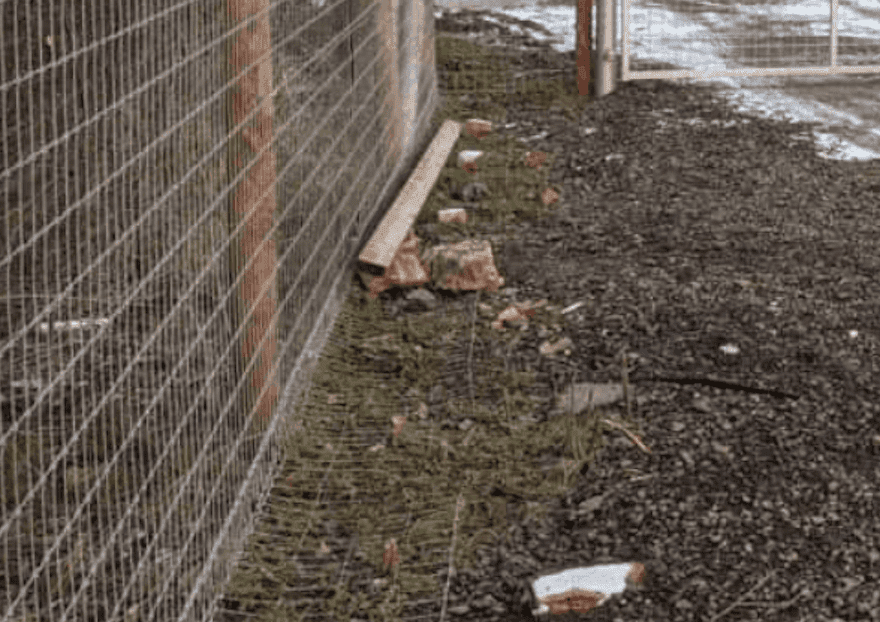
Chicken/Rabbit Netting
As with digging in, this is not something we recommend to many field owners. If you are using appropriate fencing and properly managing your field then there should be little need to add an additional layer of netting.
Chicken wire can be a ‘problem solver’ solution when wide grid fencing (often called Deer Fencing) has been used to reduce the likelihood of small dogs escaping at ground level.
There are a few other circumstances when dog field owners choose to go ‘belt and braces’ by using chicken wire:
- Ground has receded leaving a gap under the base of the fence
- Dog field owner wishes to be suitable for tea-cup breeds or very small dogs
- Fence is damaged at the base
Posts, Strainers and Gates for a Dog Field
The quality of these is as important as the fence itself, if not more so, and you can find out more about these here.
Why 6ft Fencing for a Dog Field Is the Most Cost-Effective and Safest Solution
As we’ve shown, installing 6ft fencing makes your facility open to all (almost). Whilst not everyone uses a dog field to ‘contain’ their fluffy escape artists, it is likely that those who do will be your most regular clients. People use dog fields for an increasing number of reasons and as the standards people expect from a dog field grow, the height of the fence is their first expectation.
One of the growing reasons for people telling us they use dog fields is to avoid out-of-control dogs on their regular walks and remember some dog fields are in the vicinity of public rights of way and footpaths … so your 6ft fence is as important for keeping anyone or thing ‘out’ and it is for keeping dogs ‘in’.
More on…. Fence Heights
